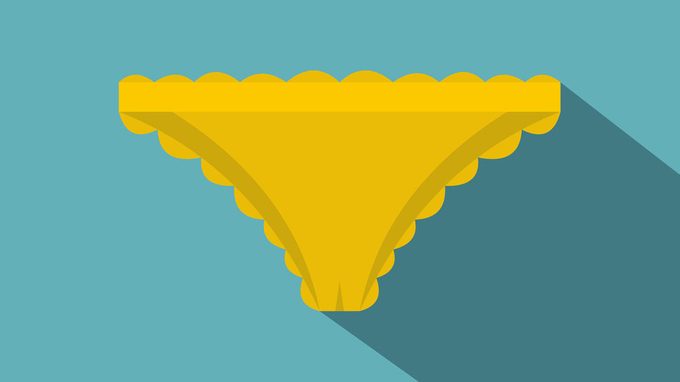What A Naturopath Would Tell You About Your Yeast Infection
If you’re looking for a natural cure for yeast infections, look no further. This three-step treatment may fix your infection and help prevent future ones.

Is there a natural cure for yeast infection?
Yeast infections are opportunistic. That cheesy discharge, itching, redness and all-around discomfort may develop after you’ve been drinking more than usual, eating too much sugar, taking antibiotics or compromising your immune system.
Preventing yeast infections is all about reducing these triggers, but when it comes to treating existing infections, I rely on a three-step approach.
Step 1: Take this
First, I recommend taking acidophilus, both orally and vaginally. This probiotic will help restore the balance of microflora in the vagina and, because digestive health is interconnected with other body systems, oral probiotics can help with vaginal symptoms as well. (Some people who have chronic problems with yeast may experience digestive bloating, too.)
Step 2: Stop eating this
Next, it’s important to remove foods that promote the growth of yeast from your diet, including sugars and foods that are easily broken down into sugars in your body – think honey, syrups, juices, melons, dried fruits, refined flours, white rice and pasta. Foods made with yeast (such as beer and wine) and those with yeast-promoting microbes (such as mouldy cheese, mushrooms and pistachios) should also be avoided.
Step 3: Supplement with this
The last step is to kill off the yeast, which can be done with two oral supplements: A daily capsule of caprylic acid (an antifungal) and a blend of antimicrobial herbs that includes grapefruit seed extract, olive leaf extract, berberine and black walnut.
And then…
I typically have patients follow these three steps for one to two weeks – no cheating. But if you experience a chronic yeast infection that returns regularly or doesn’t go away with treatment, I would recommend staying on the plan for four to six weeks.
For a really stubborn infection, I might look at stomach levels because low stomach acid can allow for an overgrowth of yeast.
If the infection hasn’t been diagnosed by a doctor and isn’t getting better within seven days, it’s a good idea to make an appointment with your family physician to confirm that you’re dealing with a yeast infection. And if you’re not having any luck after sticking to the plan religiously, a doctor may be able to offer a prescription that can help.
Dr. Natasha Turner is a naturopathic doctor in Toronto and author of The Hormone Boost: How to Power Up Your 6 Essential Hormones for Strength, Energy and Weight Loss.
What would a doctor tell you? Find out in this article: You Think You Might Have A Yeast Infection – Now What?!




